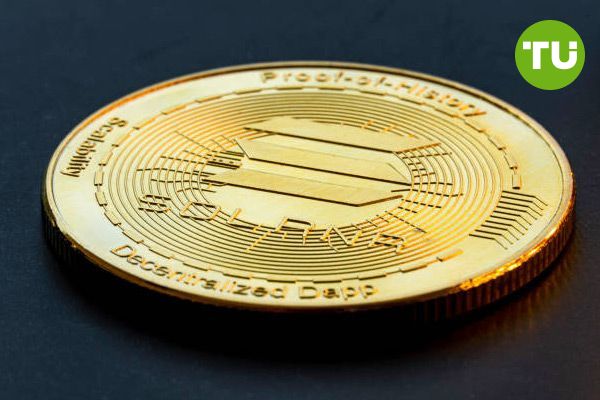Solana hits record 123M active addresses in Oct., surpassing Ethereum
 Solana hits record 123M active addresses in Oct., surpassing Ethereum
Solana hits record 123M active addresses in Oct., surpassing Ethereum
With over 123 million active addresses recorded last month, an all-time high, Solana's network growth is hard to ignore. This figure represents a massive 42% increase from September and far outpaces the 12.7 million active addresses seen at the start of this year.
Analysts have linked this surge to the booming popularity of memecoins on Solana, supported by platforms like the memecoin generation app Pump.fun and decentralized exchange Raydium. These platforms saw record engagement in October, with Pump.fun raking in $30.5 million in monthly revenue and Raydium facilitating over $30 billion in trade volume, according to DefiLlama.
Eden Au, Research Director at The Block, highlighted that the memecoin narrative may not be a lasting one. However, with various apps and infrastructure across DeFi and decentralized physical infrastructure networks (DePIN), Solana seems well-poised for longevity despite increasing competition.
Solana vs. Ethereum: A User Engagement Showdown
Data from a Crypto report adds another layer of intrigue. Solana outshined Ethereum and other EVM chains, reporting over 100 million monthly active addresses compared to Ethereum’s 57 million. This makes one thing clear: Solana is winning the engagement game. The network’s appeal lies in its speed and cost-efficiency, making it ideal for high-frequency and smaller trades, where Ethereum's fees often undercut profits.
In terms of price movement, Solana's native cryptocurrency (SOL) have climbed 12% over the past month and currently trades at $161. That’s a notable gain, but sustainability remains the question. As more blockchains compete for liquidity, whether Solana can continue this growth beyond the memecoin phase will be a narrative to watch.
For now, Solana’s numbers speak volumes, and the ecosystem shows no sign of slowing down. But the underlying question remains: Can it diversify its appeal beyond memecoins and maintain strong on-chain activity?
Solana's sharp drop in trading volume between September and October raises concerns. Analysts warn of a potential slip to the $50 range if volume doesn’t recover.













































































































































